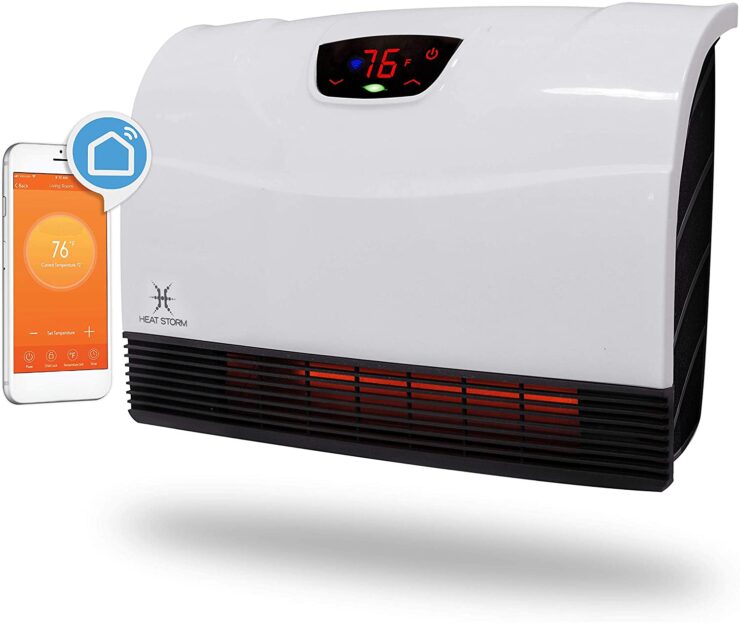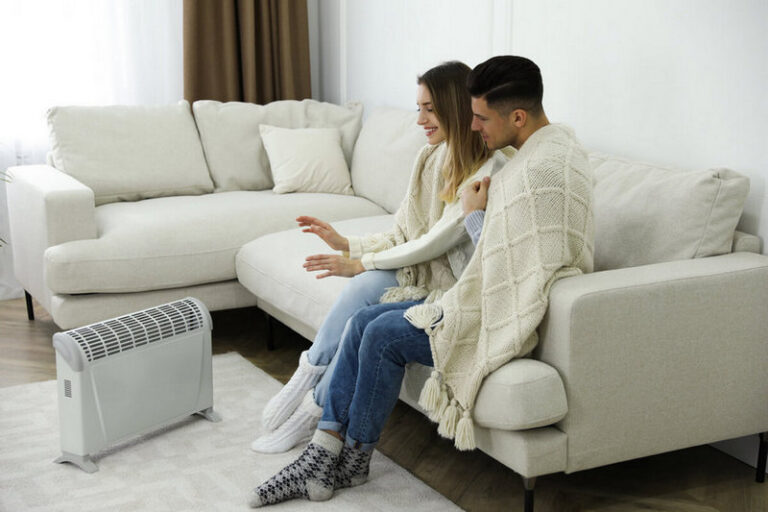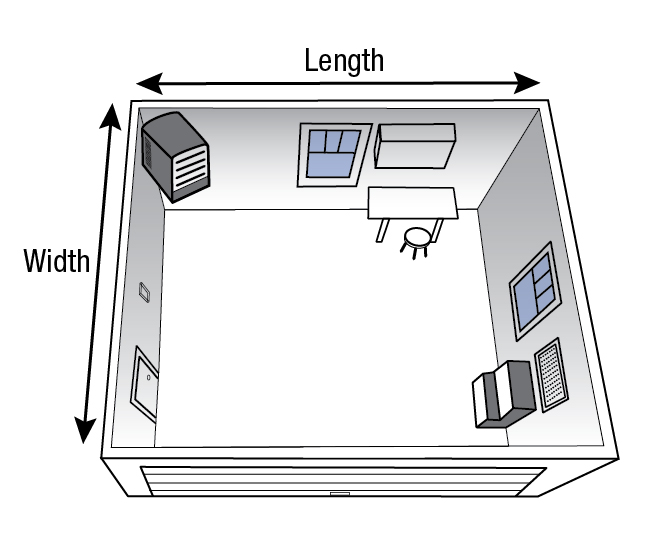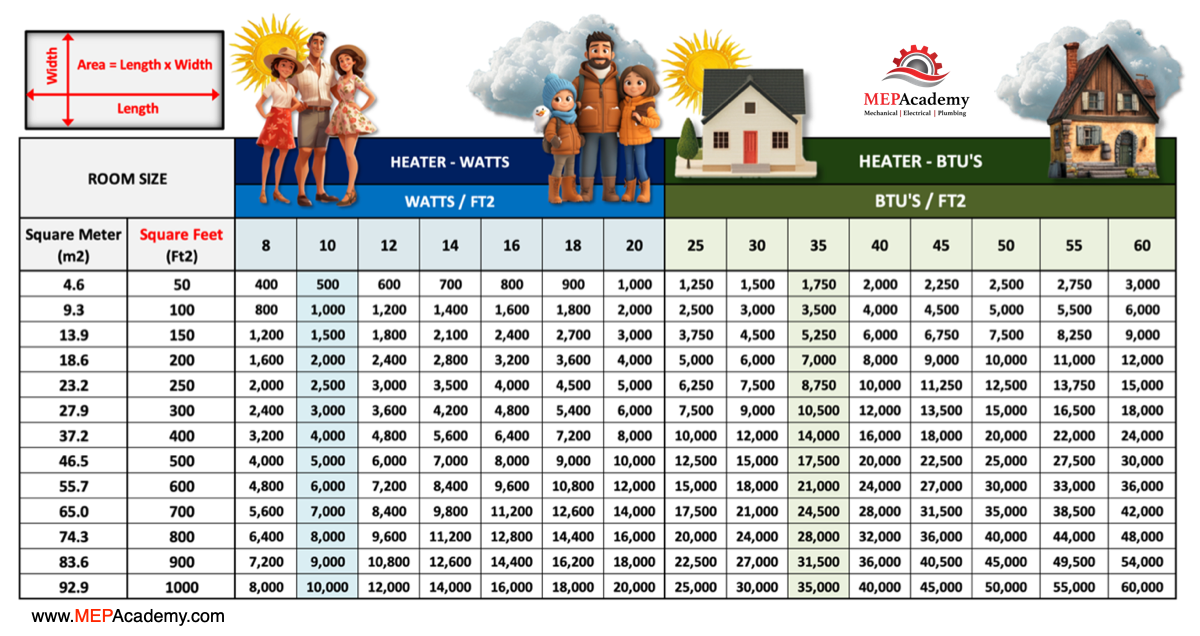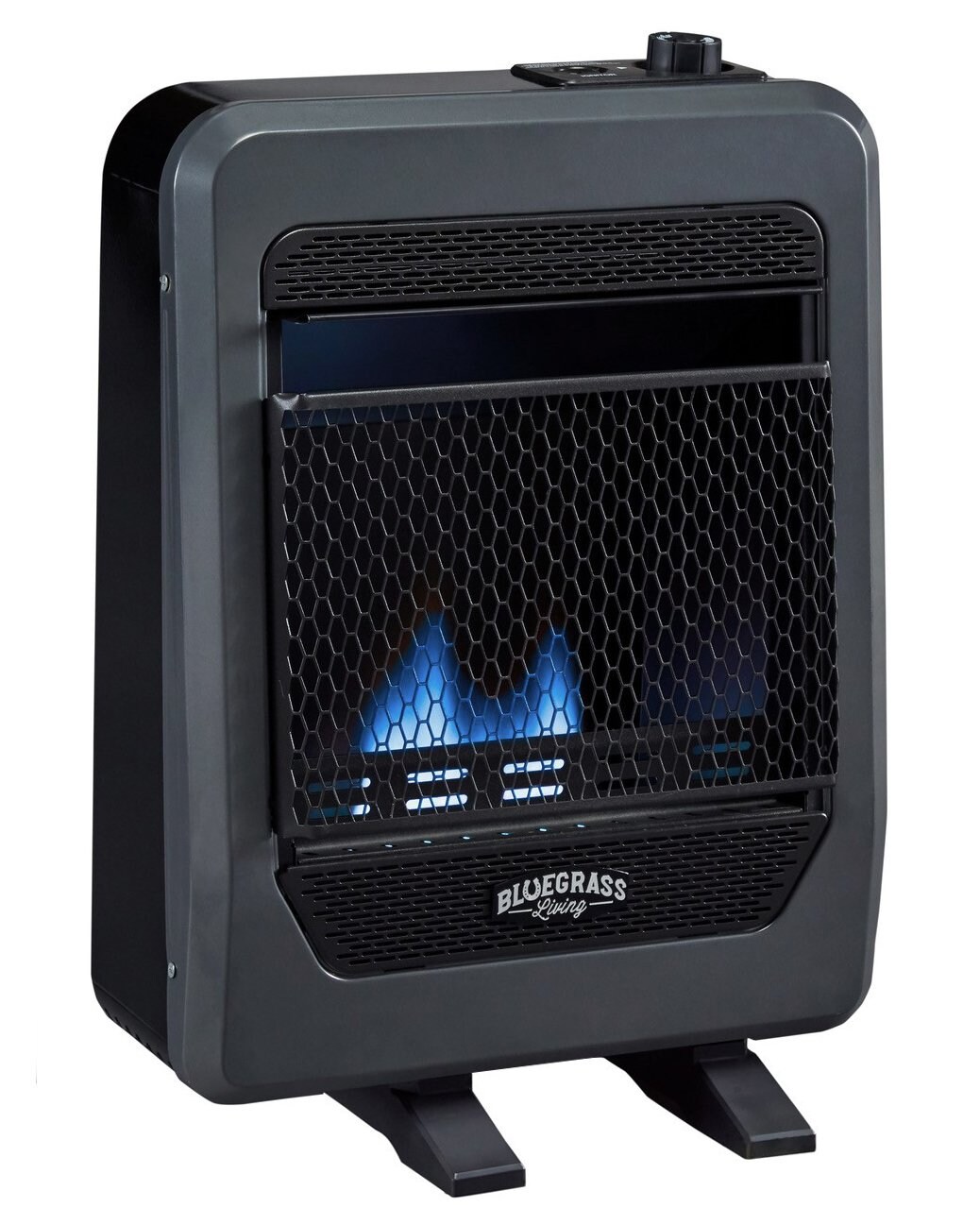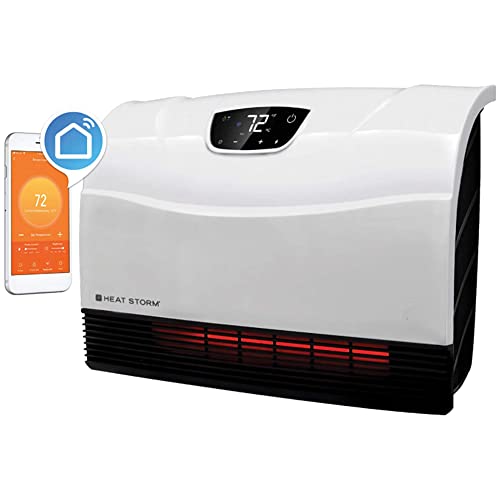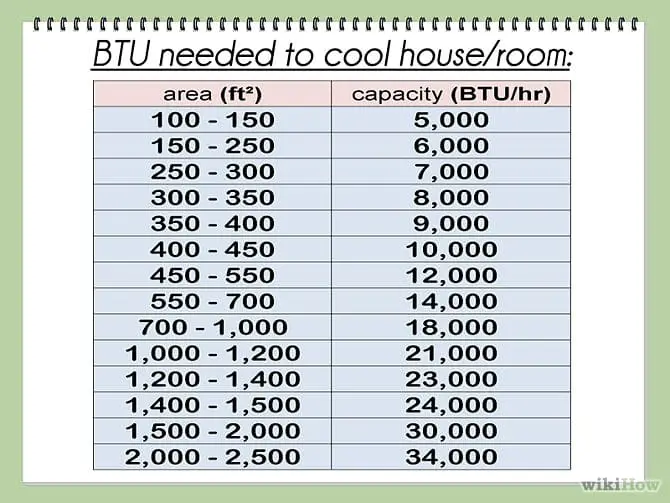What Size Heater For 500 Square Feet

Freezing conditions demand immediate action: selecting the right heater can be the difference between comfort and misery.
This guide cuts through the complexities to deliver a precise recommendation for heating a 500 square foot space, ensuring you stay warm without wasting energy.
Sizing Matters: The 10,000 BTU Solution
A 10,000 BTU (British Thermal Units) heater is generally recommended for a 500 square foot space, according to numerous heating and cooling experts. This sizing ensures adequate warmth without excessive energy consumption. BTU measures the amount of energy required to raise the temperature of one pound of water by one degree Fahrenheit.
Who needs this information? Anyone facing a cold snap in a 500 sq ft room, apartment, or office. The what is determining the correct heater size for optimal heating.
Where does this apply? Primarily to residential and small commercial spaces. When is it crucial? During the fall and winter months, or any period of prolonged cold weather.
Factors Influencing Heater Size
While 10,000 BTU is a good starting point, several factors can influence the ideal heater size for your specific needs. These factors include insulation quality, ceiling height, and climate zone. Poor insulation requires a larger heater to compensate for heat loss.
High ceilings increase the volume of space, potentially demanding more BTUs. Extremely cold climates necessitate higher BTU ratings compared to milder regions.
Consider consulting a professional HVAC technician for a precise assessment if you experience unusual heating challenges.
Types of Heaters for 500 Sq Ft
Several types of heaters are suitable for a 500 square foot space, each with its own advantages and disadvantages. Space heaters, including ceramic and infrared models, are portable and offer targeted heating. Electric baseboard heaters provide consistent, even heat throughout the room.
Furnaces or central heating systems, if present, should be properly sized for the overall area, with adjustments made for individual rooms. Always prioritize safety when using space heaters.
Ensure adequate ventilation and keep flammable materials away from the heater. Look for safety features such as automatic shut-off and tip-over protection.
Energy Efficiency and Cost Considerations
Choose a heater with a high energy efficiency rating to minimize electricity consumption. Look for the Energy Star label on eligible models. Consider the operating cost of different heater types before making a purchase.
While some heaters may have a lower initial price, their higher energy consumption could result in greater long-term expenses. Proper insulation and draft sealing can significantly reduce your heating needs and lower your energy bills.
According to the U.S. Department of Energy, sealing air leaks around windows and doors can save homeowners up to 20% on heating and cooling costs. Therefore, consider improving the building's envelope.
Installation and Maintenance
Follow the manufacturer's instructions carefully when installing your heater. Regular maintenance, such as cleaning or replacing filters, can improve efficiency and extend the life of your heater. Schedule professional inspections for furnaces and central heating systems to ensure optimal performance and safety.
Proper maintenance also helps prevent fire hazards. It ensures that the heater operates safely and efficiently.
How do you implement this? By carefully assessing your space, understanding influencing factors, and selecting an appropriately sized heater for your needs.
Next Steps
Before winter fully arrives, assess your heating requirements and purchase a 10,000 BTU heater (or adjust based on the aforementioned factors) to ensure a comfortable and safe environment. Check online retailers and local hardware stores for availability and pricing.
